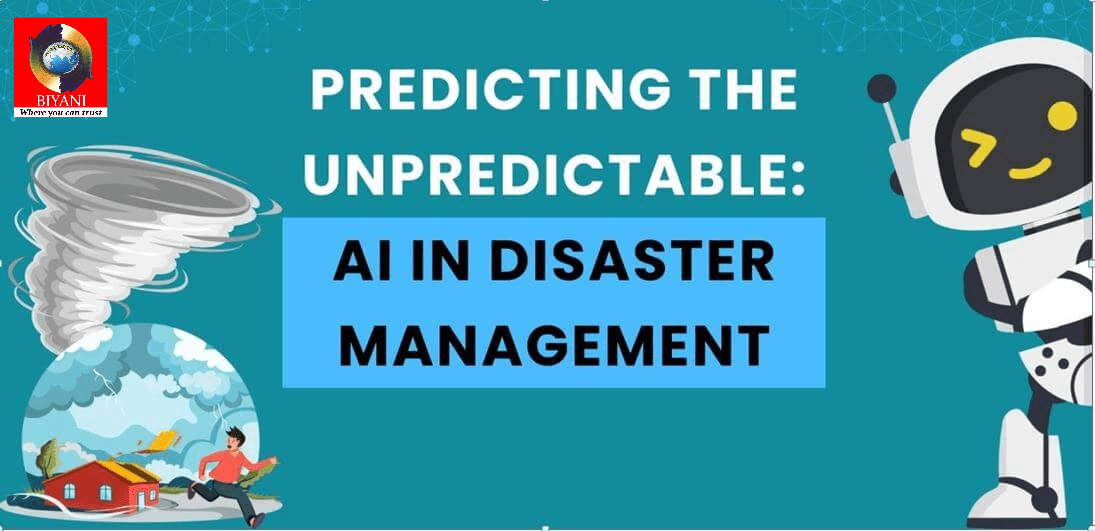In this blog, we are going to discuss the recent developments in cloud computing, how organizations can strategically use these developments.
What is Cloud Computing?
Cloud computing is the provision of computing services such as storage, databases, networking, software, and analytics through the internet. In lieu of on-premise hardware or software, organizations can reach these services remotely via a cloud service provider such as Amazon Web Services (AWS), Microsoft Azure, or Google Cloud. Cloud computing is on-demand access to these resources that enables businesses to scale their operations as required while keeping capital costs low.
Advances in Cloud Computing
Cloud computing is further evolving, and the recent advances have massively enhanced its performance, security, and functionality. These advancements are enabling companies to experience more efficiency, collaboration, and drive digital transformation plans.
- Serverless Computing
Serverless computing emerged as the most promising cloud technology over the past few years. Even in a classical cloud scenario, customers need to manage and provision virtual machines or containers for executing their applications. In serverless computing, however, application developers can entirely focus on code development without caring about infrastructure management.
In a serverless approach, cloud providers take care of all the infrastructure management, such as resource allocation, scaling, and load balancing, automatically. This approach results in cost savings since organizations pay only for the actual compute resources consumed by their code, not for idle server time.
- Artificial Intelligence and Machine Learning Integration
Artificial intelligence (AI) and machine learning (ML) technologies are being more and more incorporated in cloud platforms. Large cloud platforms such as AWS, Google Cloud, and Microsoft Azure provide dedicated AI and ML capabilities that enable companies to introduce superior analytics, Anticipating modeling, and automation into their processes.
These services comprise pre-trained models for natural language processing, image recognition, sentiment analysis, and data analysis. With these tools becoming more advanced, companies are now better equipped to extract actionable insights from their data. For instance, retail companies can utilize AI-powered tools to forecast customer behavior, optimize inventory management, and customize marketing campaigns.
- Hybrid Cloud Environments
Hybrid cloud strategy brings together the adaptability of public cloud services and the control and security of private cloud environments. It supports organizations in leveraging a combination of on-site infrastructure, private clouds, as well as third-party public clouds. Hybrid cloud gives businesses the ability to host critical data on private infrastructure while applying the scalability and cost-effectiveness of public clouds to other workloads.
This model is especially valuable for highly regulated or security-oriented industries like healthcare, finance, and government. It gives organizations more control over their infrastructure yet still allows them to leverage the innovation and scalability of the public cloud.
- Edge Computing
Edge computing is a term that has found extensive usage with the emergence of IoT devices. It is the process of processing data nearer to where it is created on centralized cloud data centers. Edge computing minimizes response time, enhances real-time data processing, and maximizes bandwidth utilization by carrying out computations locally.
In edge computing enables the use of devices such as sensors, cameras, and autonomous cars to be able to make decisions in real-time without having to transmit data back and forth to a remote cloud. This is particularly valuable in use cases such as smart cities, manufacturing, and autonomous transport, where performance and reliability of data are key.
- Quantum Computing in the Cloud
Quantum computing can revolutionize sectors like finance, pharma, and cyber security. Cloud vendors like IBM, Microsoft, and Google are already providing quantum computing as-a-service in the cloud, so companies can play and build quantum algorithms without needing to spend heavily on hardware.
Quantum computing Pitting quantum bits against difficult problems that are essentially insoluble for traditional computers. This would allow breakthroughs in drug discovery, cryptography, and materials science.
Strategies for Leverage Cloud Innovations
Competition, companies need to take cloud strategies aligned with their goals and extract maximum value from developing cloud technologies. Below are some of the essential strategies for taking advantage of cloud innovations:
- Adopt a Multi-Cloud Strategy
A multi-cloud approach is the use of services from more than one cloud vendor instead of relying on one Third-party provider. By utilizing more than one cloud platform, companies can prevent vendor lock-in, increase redundancy, and maximize their cloud infrastructure for cost and efficiency. For instance, a company may employ AWS for storage, Google Cloud for machine learning capabilities, and Azure for development tools.
- Emphasize Security and Compliance
Companies must use robust data encryption, identity management, and access controls to secure sensitive information in the cloud. Periodic audits and compliance checks must also be performed to ensure the organization is in compliance with regulatory requirements.
Utilizing hybrid or private cloud environments can also allow companies to exert greater control over their data security. Data residency, data protection needs, and internal security practices should be factored in while creating a cloud strategy.
- Train and Up skill Teams
Cloud technologies build skill sets of IT professionals. Companies need to invest in training and up skilling their staff so they can implement and manage the newest cloud tools and services effectively. Cloud certifications from major cloud vendors can guarantee staff has the necessary skills to adopt new technologies and optimize cloud environments.
Blog By:
Shbna Ali
Assistant Professor
Biyani Girls College


